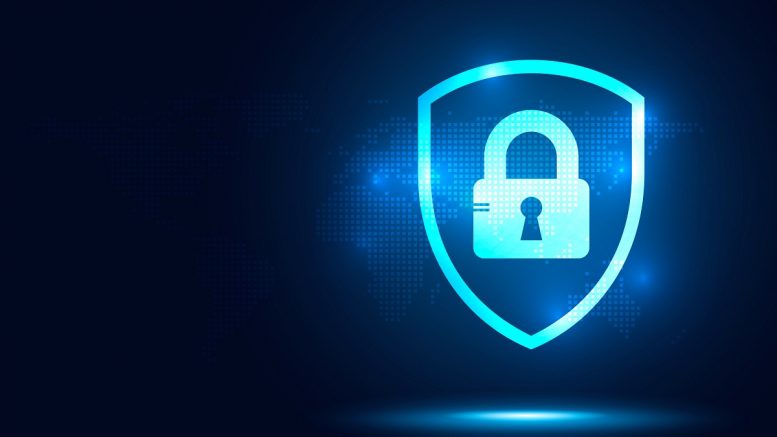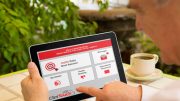All aspects of the global healthcare industry have been impacted by the pandemic and the digital transformation it accelerated; creating not only challenges, but also, as noted in Deloitte’s 2022 Global Health Care Outlook, “a powerful opportunity for the healthcare sector to reinvent itself.”
Video surveillance technologies have advanced with digitisation, opening new opportunities for healthcare providers to use data gathered by video management systems (VMS) in combination with data from access control systems (ACS), automatic number plate readers (ANPR), communication systems, sensors and more – not only to protect buildings and people, but also to improve efficiency and the patient experience.
Increasing security teams’ operational efficiency and mitigating cyber-threats
Patient throughput is the primary measure of efficiency in a healthcare facility, and optimising it falls across many departments. Unifying physical security solutions to centralise data can help security teams function more efficiently, and information technology (IT) teams mitigate cyber-threats. When data is centralised through a unified physical security platform and viewed in a single pane of glass, the opportunities to respond faster and more efficiently can reach across departments.
Unified physical security solutions can help IT teams protect against cyber attacks
As healthcare providers migrate sensitive data to new networks, add IoT devices to their networks, and enable remote work and mobile devices, the risk of cybersecurity breaches grows along with the larger ‘attack surface.’ The increasing use of technology in the health field has led to a rise in data breaches and cyber-threats in hospitals.
For the twelfth consecutive year, the healthcare industry has the highest data breach costs, paying an average of US$ 10.10 million for a data breach in 2022, up more than nine percent from 2021. The information accessed through these data breaches is extremely sensitive and needs to be thoroughly protected.
Physical security and information security are linked. There’s no difference in the result whether a hacker accesses an organisation’s server rooms physically, or through a video surveillance camera, a piece of HVAC equipment, or an employee’s laptop. A collaborative IT and physical security team can develop a comprehensive program based on a common understanding of risk, responsibilities, strategies, and practices.
To meet the challenges of a changing healthcare landscape, organisations must modernise their security infrastructure, working with unified core systems like VMS, ACS, ALPR, and communications management on an open platform built from the ground up as one, seamless solution.
Contributing to a safer work environment
Hospitals are inherently complex environments in which the needs of all stakeholders are equally important. One of the greater challenges the healthcare industry is facing right now is workplace violence. Four global health organisations surveyed their members and found that almost 60% had seen an increase in reported cases of violence against their workforces during the pandemic.
This disturbing trend, along with sick leave, absenteeism, and resignations, is leaving departments and units operating with a skeleton staff. At the same time, demand for healthcare is consistent and rising, and no matter the staff-to-patient ratio, proper care must be delivered. A unified physical security platform can help healthcare organisations address violence in their environments.
When security systems are unified, operators in control rooms can pool data and leverage multiple sources to see different angles and understand different aspects of an incident. This makes investigating incidents, like unruly visitors, quicker. It also streamlines processes, like managing access badges for staff, making them simpler.
Having real-time views of data from multiple VMS and ACS centralised on a single viewing pane also facilitates quicker responses to help deescalate violent or stressful situations, offering better protection to staff, patients, and visitors. A unified security platform can also include interactive mapping capabilities. These are important in helping staff visualise events, locate security devices and operators close by, pull up cameras, unlock doors, or activate other devices — all from the same intuitive interface.
Outside the facility walls, data from ANPR systems can be combined with VMS data to help identify unexpected deliveries, investigate suspicious vehicle activity, or monitor parking areas to ensure staff and patients are safe on hospital grounds. In addition to an extra level of security, these views can help organisations optimise traffic flow.
Privacy is paramount
While data from unified physical security systems can provide valuable insight to helps create a safe, efficient environment, healthcare providers must also pay close attention to data privacy. Regulations establish a minimum standard for how personal data should be stored and managed, but organisations can do more than the minimum.
A modern VMS include features to help you ensure that only authorized people access the data, and to control and monitor how they can access it. VMS should also include privacy protection capabilities, which can pixelate people in videos to blur identity and provide audit trails to ensure there is a record of who accessed data and when. For example, with this capability, staff can monitor room usage and availability while maintaining patient privacy.
Conclusion
Healthcare providers face increasingly difficult challenges. In this environment, they must secure facilities and campuses and provide uncompromised service. Unified, open security solutions are a source of untapped resources that can serve them in this mission. The key that unlocks these resources is a collaborative approach—Security, Facilities, and IT departments must work together to create unified security strategies that not only enable faster responses to security threats, but also improve efficiency and enhance the patient experience.
By Nick Smith, Business Development Manager at Genetec





